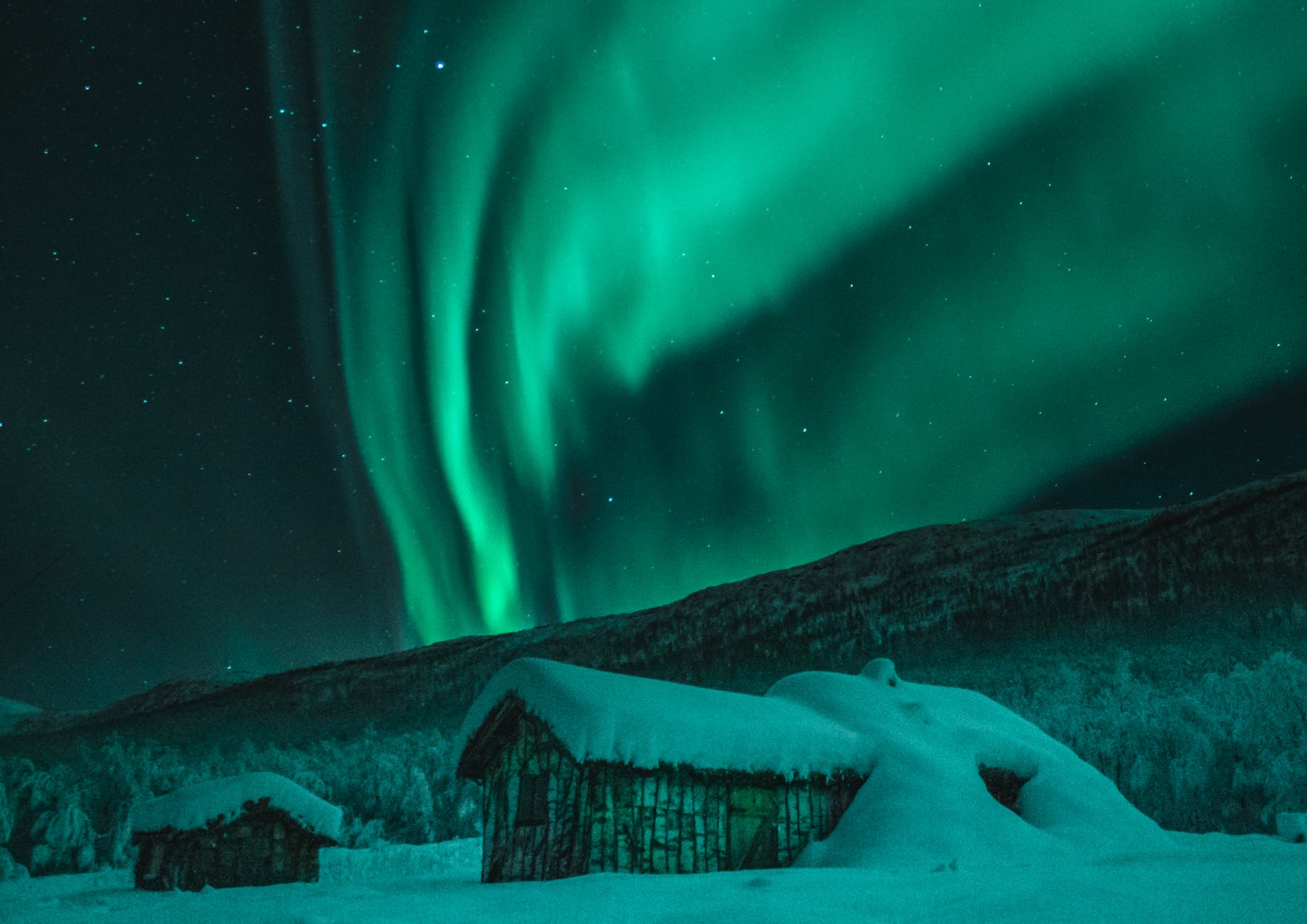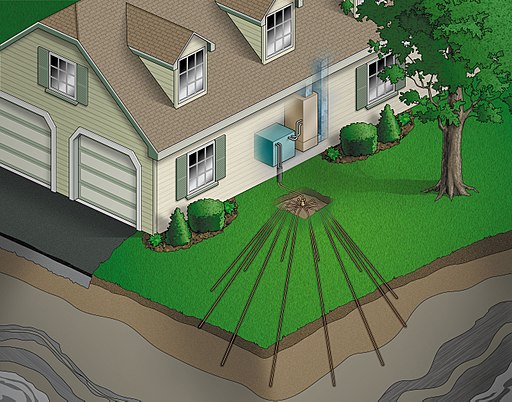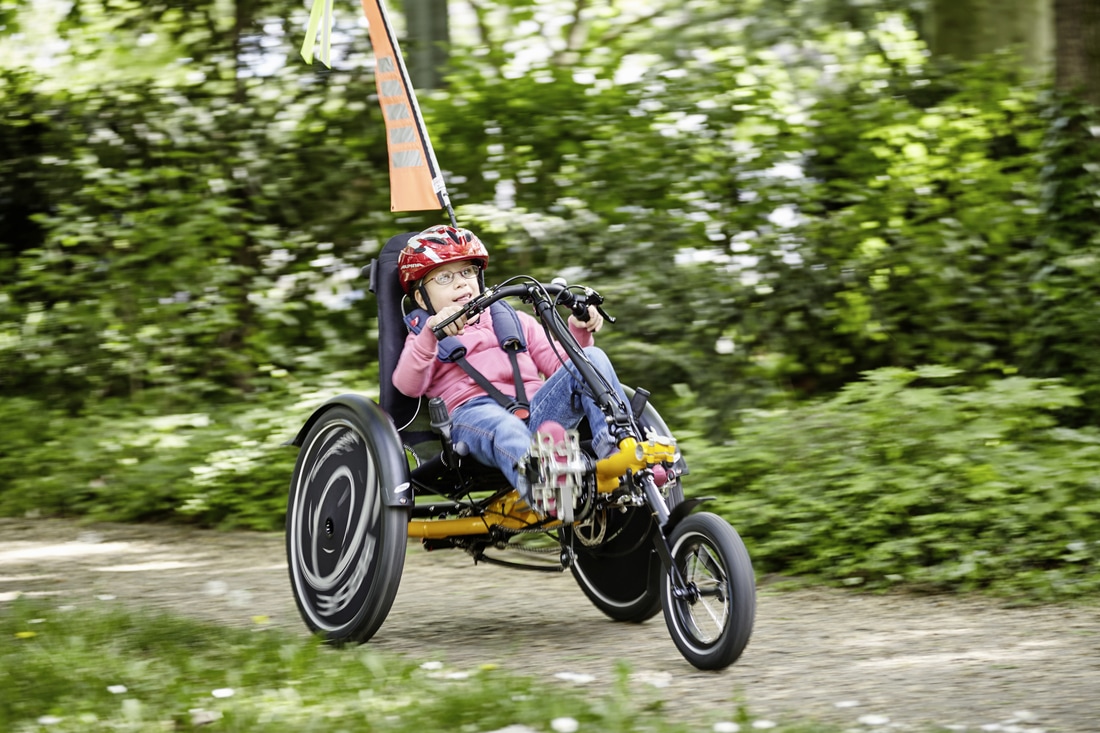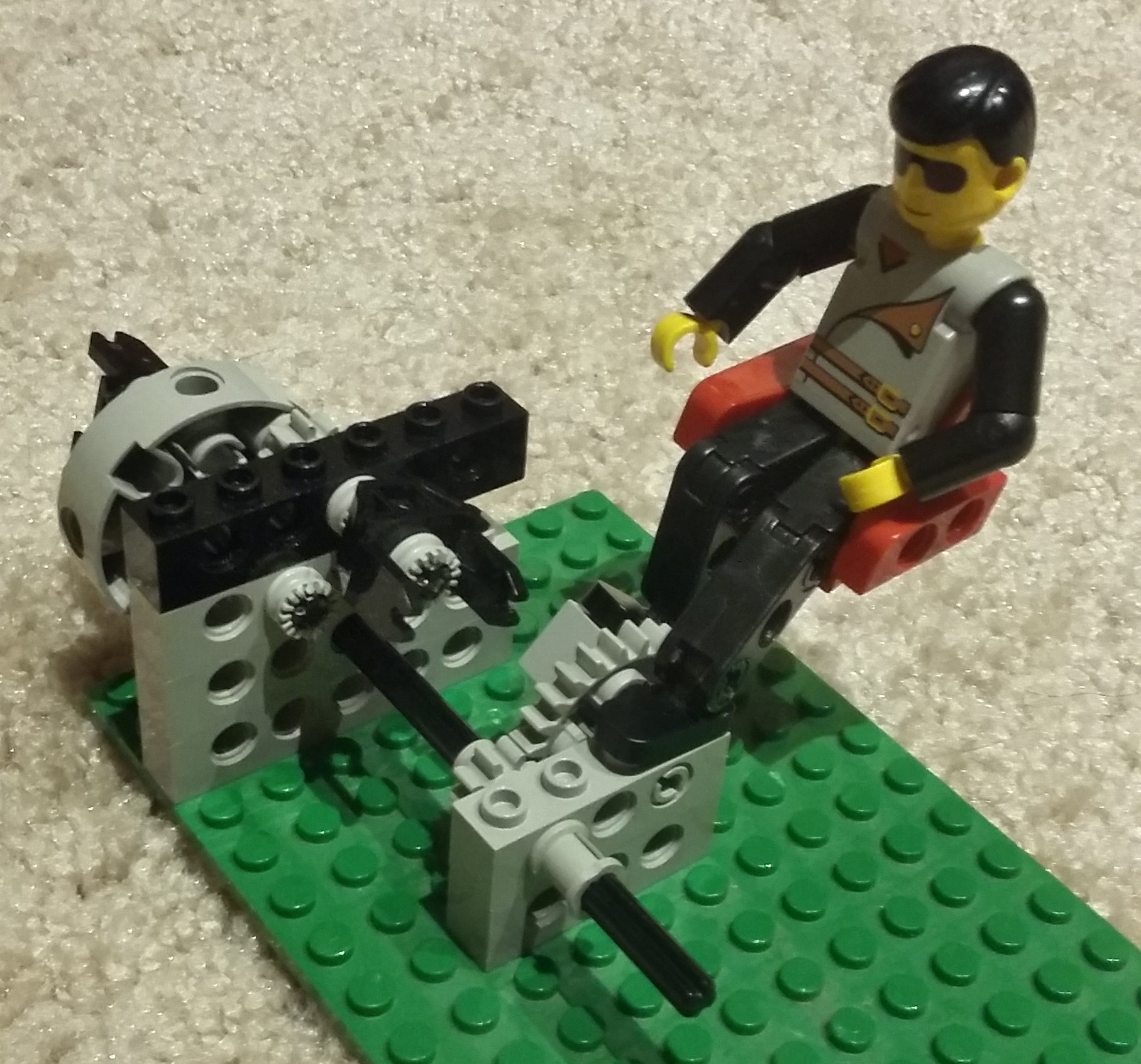
Cradle to Cradle – Remaking the Way We Make Things
Cradle to Cradle by William McDonough and Michael Braungart is about envisioning a better way to manage human interactions with the natural world. The authors ask,
“What if humans designed products and systems that celebrate an abundance of human creativity, culture, and productivity? That are so intelligent and safe, our species leaves an ecological footprint to delight in, not lament?”
Starting from the beginnings of the Industrial Revolution, they analyze the design decisions that led capitalist society to the environmental crossroads it faces today. While things weren’t quite so dire in 2002 when the book was written, its analyses of the pitfalls of rampant industrialization are thorough and thought provoking.
The most refreshing part of this book though is it isn’t just a list of where capitalism went wrong and why we’re all doomed. Cradle to Cradle outlines ways in which designers, engineers, and scientists can work together to deconstruct the current way we make things and redesign our material lives to benefit the natural world. The main idea, which I find to be very solarpunk, is to look at how in nature there is no waste. Everything serves a purpose in the environment. The fruit of the cherry tree feeds birds and animals while those animals spread the seeds of the tree. The droppings of those birds and animals fertilize the ground where the cherry tree and its offspring grow so that they can offer more food. Everything has its place in the cycle.
In one project, a shampoo was redesigned from scratch to only have positive effects by carefully selecting every chemical going into it, including the bottle. Herman Miller had a new factory designed including natural lighting, more ventilation, and a “street” with plants inside to bring nature closer to the workers. As we saw with the Nature Fix, bringing humans and nature together has positive benefits for human health, and by bringing the outdoors in, Herman Miller was able to bring its new focus on environmental sustainability to the forefront.

Photo by Luka Siemionov on Pexels.com
The book isn’t just anecdotes and feel-good aphorisms, it also includes a framework for how to approach design to ensure maximum good. One of the ongoing themes in the book is that so far, most industry has tried to do less bad to the environment when it cares at all, but it’s time to go a step further and see how we can take industry and make it improve the world around us.
A success story in this vein tells of a textile factory in Europe that worked to make a better upholstery fabric for office chairs. When the regulators came to check the factory’s wastewater (effluent), they were confused as the water coming out of the plant was cleaner than that going in.
The equipment was working fine; it was simply that by most parameters the water coming out of the factory was as clean as — or even cleaner than — the water going in. When a factory’s effluent is cleaner than its influent, it might well prefer to use its effluent as influent. Being designed into the manufacturing process, this dividend is free and requires no enforcement to continue or to exploit. Not only did our new design process bypass the traditional responses to environmental problems (reduce, reuse, recycle), it also eliminated the need for regulation, something that any businessperson will appreciate as extremely valuable.
One of the things I’m hoping to investigate further in 2019 is the circular economy, and I think the design strategies outlined in Cradle to Cradle are a good first step in this direction. I found there is a followup book called The Upcycle written in 2013 that I will be checking out from the library soon.
Have you read Cradle to Cradle or have thoughts on the circular economy? Let us know below!
















